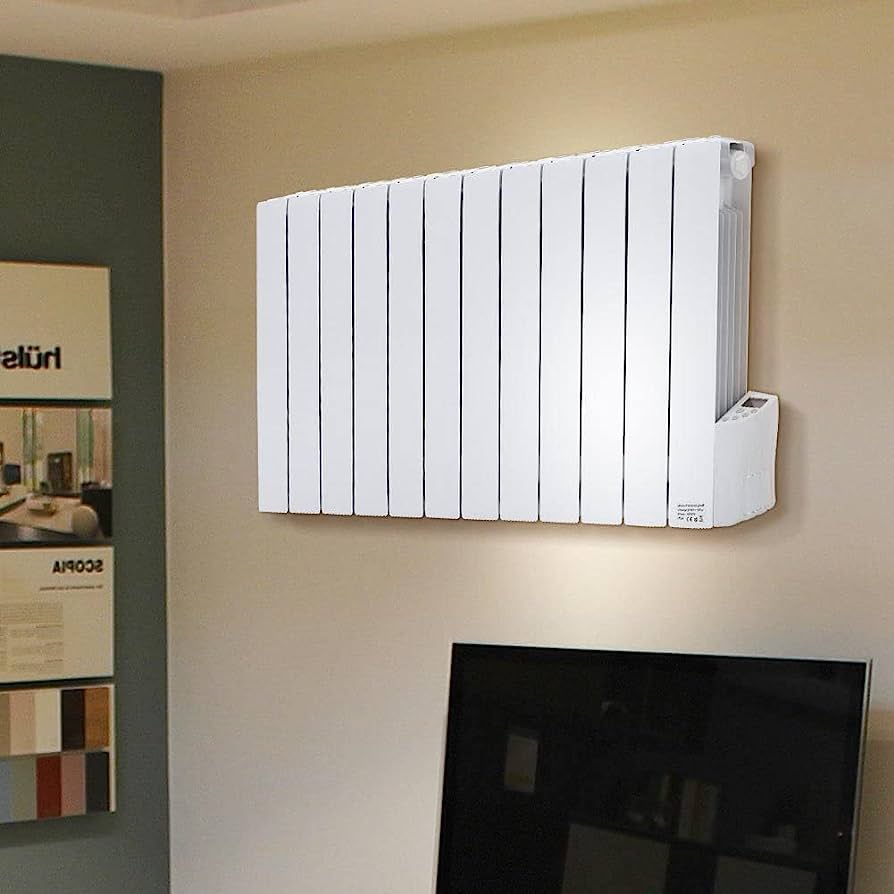Energy efficient heaters are a great investment for homeowners and businesses looking to save money on energy bills while reducing their carbon footprint. While energy efficient heaters are designed to provide efficient and effective heating, there are several steps that can be taken to maximize energy savings and further reduce energy consumption. In this essay, we will discuss how to maximize energy savings with an energy efficient heater.

Choose the Right Heater
The first step in maximizing energy savings with an energy efficient heater is to choose the right heater for your needs. Different types of heaters have different energy consumption levels and heating capacities. Therefore, it is essential to choose a heater that is appropriate for the size of the space you need to heat. Additionally, consider the climate of your area as this can affect the heating capacity needed.
For example, a small space may only require a portable heater, while a larger space may require a fixed or zoned heating system. By choosing the right heater for your needs, you can ensure that you are not wasting energy on heating capacity that you do not need.
Set the Right Temperature
Another way to maximize energy savings with an energy efficient heater is to set the right temperature. While it may be tempting to crank up the heat to the highest setting, this can lead to excessive energy consumption and higher energy bills. Instead, set the temperature to a comfortable level that is appropriate for your needs.
For example, during the winter months, the ideal temperature for a home is between 68 and 72 degrees Fahrenheit. By setting the temperature to this level, you can ensure that you are not wasting energy on unnecessary heating capacity and can maximize energy savings.
Use a Programmable Thermostat
Using a programmable thermostat is another great way to maximize energy savings with an energy efficient heater. Programmable thermostats allow you to set the temperature of your home or business based on your schedule, reducing energy consumption when the heater is not needed.
For example, if you are not at home during the day, you can set the thermostat to reduce the temperature during this time, reducing energy consumption. Similarly, if you are not using certain areas of your home or business, you can set the temperature to a lower level in those areas, reducing energy consumption further.
Use Zoned Heating
Zoned heating is another way to maximize energy savings with an energy efficient heater. Zoned heating involves dividing your home or business into different zones, each with its own thermostat, allowing for more precise temperature control. This reduces energy consumption by only heating the areas that need to be heated, rather than heating the entire space unnecessarily.
For example, if there are rooms in your home or business that are not frequently used, you can set the temperature to a lower level in those areas, reducing energy consumption. Additionally, if there are areas that require more heating, such as a living room or kitchen, you can set the temperature to a higher level in those areas, ensuring that you are not wasting energy on unnecessary heating.
Regular Maintenance
Regular maintenance is essential in maximizing energy savings with an energy efficient heater. Over time, heaters can become less efficient due to dirt, dust, and other debris that can clog air filters and heating elements. This can lead to increased energy consumption and higher energy bills.
Therefore, it is important to regularly clean and maintain your energy efficient heater to ensure that it is working at peak efficiency. This can involve cleaning air filters, checking for leaks and cracks, and ensuring that the heating element is functioning properly. Regular maintenance can help to maximize energy savings and prolong the life of your energy efficient heater.
Consider Insulation
Finally, consider insulation when maximizing energy savings with an energy efficient heater. Insulation plays a critical role in keeping your home or business warm during the winter months, reducing the amount of energy needed to heat the space. If your home or business has poor insulation, you may be wasting energy on heating capacity that is lost due to heat loss.
Therefore, consider investing in insulation, such as adding weather stripping to doors and windows or installing insulation in walls and attics. This can help to reduce heat loss and maximize energy savings with your energy efficient heater.
Conclusion
In conclusion, there are several steps that can be taken to maximize energy savings with an energy efficient heater. Choosing the right heater, setting the right temperature, using a programmable thermostat, using zoned heating, regular maintenance, and insulation are all essential in promoting energy efficiency and reducing energy consumption. By maximizing energy savings with an energy efficient heater, homeowners and businesses can reduce their carbon footprint, save money on energy bills, and promote a more sustainable lifestyle.